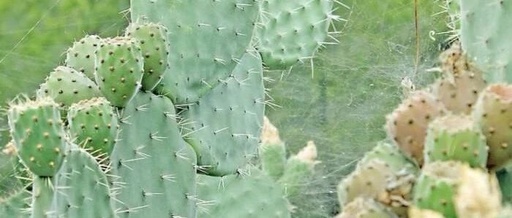Series Name: Detailed Explanation of the 398 Articles and 113 Formulas of Shang Han Lun
Single Section Name: Da Qing Long Tang (Major Blue Dragon Decoction)
In the case of exterior-interior combined syndromes, heat-clearing herbs should primarily use Sheng Shi Gao (Gypsum) paired with Ma Huang (Ephedra), rather than Huang Qin (Scutellaria) or Huang Lian (Coptis). Heat is treated with cold herbs, which can be categorized into different types of cold: pungent cold, sweet cold, bitter cold, sour cold, and salty cold.
Huang Qin and Huang Lian are classified as bitter cold herbs, which have a constricting and astringent characteristic that is not conducive to releasing the exterior. Releasing the exterior aims to promote the upward and outward flow of Qi, while bitter cold constricts and is not beneficial for this purpose.
Although Shi Gao (Gypsum) is a mineral herb, its flavor is pungent and slightly cold. The pungent flavor has a dispersing and penetrating effect. Relatively speaking, it does not hinder the release of the exterior. Therefore, when releasing the exterior and pairing with heat-clearing herbs, we often choose pungent cold herbs, with Shi Gao as a representative, in formulas such as Ma Xing Shi Gan Tang (Ephedra, Apricot Kernel, Licorice, and Gypsum Decoction) and Da Qing Long Tang (Major Blue Dragon Decoction). These formulas essentially cover the representative treatments for exterior-interior dual resolution and Tai Yang-Yang Ming combined syndromes as described in the Shang Han Lun, such as Xiao Qing Long Tang (Minor Blue Dragon Decoction), which can also include Shi Gao when transforming water and heat, known as Xiao Qing Long Jia Shi Gao Tang (Minor Blue Dragon Decoction with Gypsum), as well as Yue Bi Tang (Yue Bi Decoction), Gui Zhi Er Yue Bi Yi Tang (Cinnamon Twig and Two Yue Bi Decoction), and Hou Po Ma Huang Tang (Magnolia Bark and Ephedra Decoction). Therefore, it is rare to see formulas that combine Ma Huang with Huang Lian or other heat-clearing herbs.

